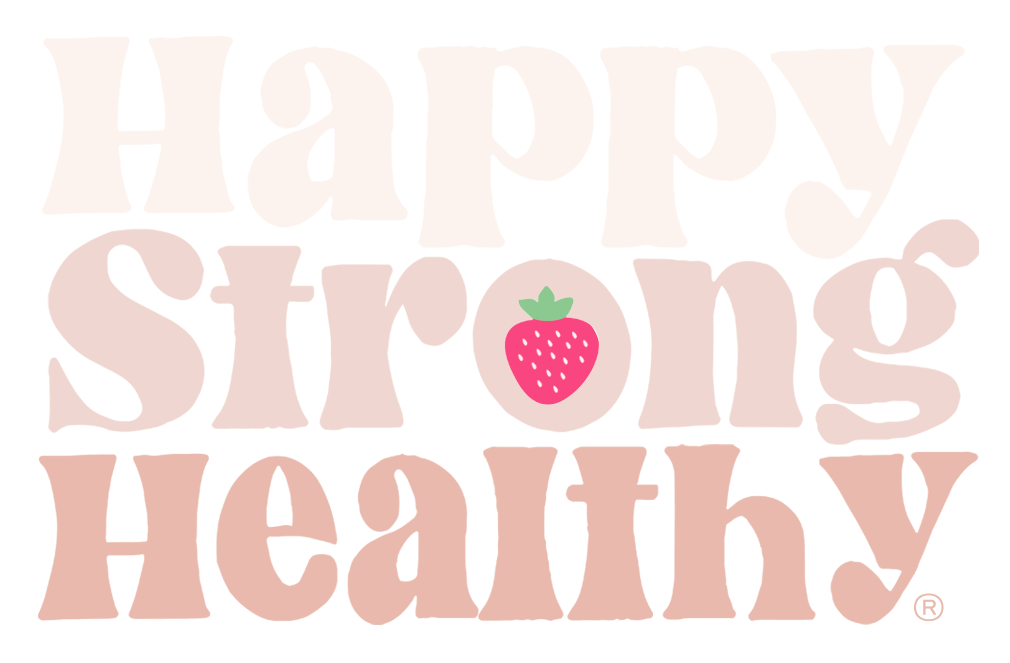The Truth About The Food Compass
If you are an avid social media user, I am sure by now you have seen Joe Rogan’s controversial instagram post regarding the Food Compass…. Are Lucky Charms actually healthier than steak??
However, if you haven’t seen it, let me fill you in.
The Food Compass (TFC) is a newer nutrient profiling system, meaning that it ranks food/beverages based on specific criteria to see how “healthy” or “unhealthy” it is. This new system was created by researchers from Tufts University in Massachusetts in late 2021, and has been the recent buzz on social media.
Each food/beverage is evaluated among 9 domains and 54 attributes within those domains. The 9 domains are nutrient ratios, vitamins, minerals, food-based ingredients, additives, processing, specific lipids, fiber and protein, and phytochemicals. The Food Compass uses an algorithm to determine a Food Compass Score (FCS), which gives a food/beverage a number between 1 and 100, 100 being the “most healthy” and 1 being the “most unhealthy”. Based on their research, a FCS ≥ to 70 are food/beverages to be encouraged, scores 31-69 are to be consumed in moderation, and scores ≤ to 30 are to be limited. I would say that we can already see how restrictive this mechanism can be… right? But let’s continue.
In order to create this tool, researchers used 4 steps to their method for the Food Compass. 1. Assessed existing food rating systems, dietary guidelines, healthy claims and diet-health relationships, 2. Selected attributes under each domain, 3. Developed the scoring principles and algorithm, 4. Tested and validated their work
Each domain has attributes under them. Each attribute is scored on a basis of 0-10 for beneficial attributes, -10-0 for harmful attributes, and -10-10 for attribute ratios which could range from harmful to beneficial. After the attributes are scored, the domain gets an average of these numbers. Then, all of the domains are summed together for a complete Food Compass Score for that food or beverage. However, not all domains are weighed the same. The first 6 domains have an equal weight, but specific lipids domain, fiber and protein domain, and phytochemicals domain only contribute 0.5 weight.
This graphic below will show you the attributes that contribute to each domain.
The purpose of the Food Compass is to evaluate and determine a food/beverage’s “healthfulness” based on specific measures. But who is to say what is healthy and what isn’t for each individual?
Now that you have a better understanding of what the Food Compass is, let’s go back to Joe Rogan’s post. There was a graphic floating around the internet that a company called “Good Ranchers” posted and Joe Rogan reposted their post- which BLEW up. His post consisted of a graph of food/beverages that the Food Compass scored and that were being compared by which ones are to be encouraged, moderated, or minimized. However, there is SO much context missing which makes this misleading. On the graphic, the cereal Lucky Charms are given a score of 60, which is under “to be moderated”, while Ground beef is given a score of 26, which is under “to be minimized”. Social media is using this to compare the two and make the assumption that Lucky Charms are healthier than a steak.
Within the Food Compass, each food/beverage is categorized in specific groups- Lucky Charms being in the “grains group” and steak/ground beef in the “seafood, dairy, eggs, and meat group”. Therefore, they should not be compared on the same graph, like they were in this post. Although the data does not include what contributed to their scoring, we can conclude that Lucky Charms has a high score due to fortification. Lucky Charms contain whole grain oats that are fortified with several vitamins and minerals, meaning these nutrients are not naturally occurring in the product, but they are added during the processing. Therefore, the vitamin domain and mineral domain probably contributed to the higher scoring number. Ground beef is high in protein and something to remember is that the fiber and protein domain is weighted differently (only 0.5 weight) than most of the other domains in the Food Compass.
What they do not show you is what is contributing to that score, what the attributes are under each of the domains and how they each scored. Also, there are no recommendations for how much of that item should be consumed, which will contribute to the nutrient content of each food/beverage. Not to mention, this is a generalized nutrient profiling system that is not taking into consideration your needs, your health conditions and allergies, your likes/dislikes, your relationship with food, etc. The Food Compass is in no way something to depend on or to take recommendations from, due to the lack of information on these foods/beverages, except for a number stating its “healthfulness” which is SILLY! Not today diet culture!!!!
Instead of choosing foods based on a ranking system like the Food Compass, let’s go back to the basics of nutrition and Intuitive Eating. Eat what makes YOU feel good, listen to your body- your cravings and hunger/fullness cues, and most importantly, allow yourself to enjoy foods that may be labeled as a “to be minimized” because food is supposed to be ENJOYED, not feared!
References:
Written by Emily Goldschmidt
Hi everyone, I’m Emily! I am a dietetic intern and in my last semester of grad school, studying nutrition! I love all things health and wellness, with a special passion for Intuitive Eating and helping others build on their relationship with food. I am happy you are here :)
Learn more about the HSH offerings here.








































February is American Heart Month, and as a registered dietitian, I want to share my secret heart-healthy tip with you: consider adding Florida Orange Juice to your daily routine!